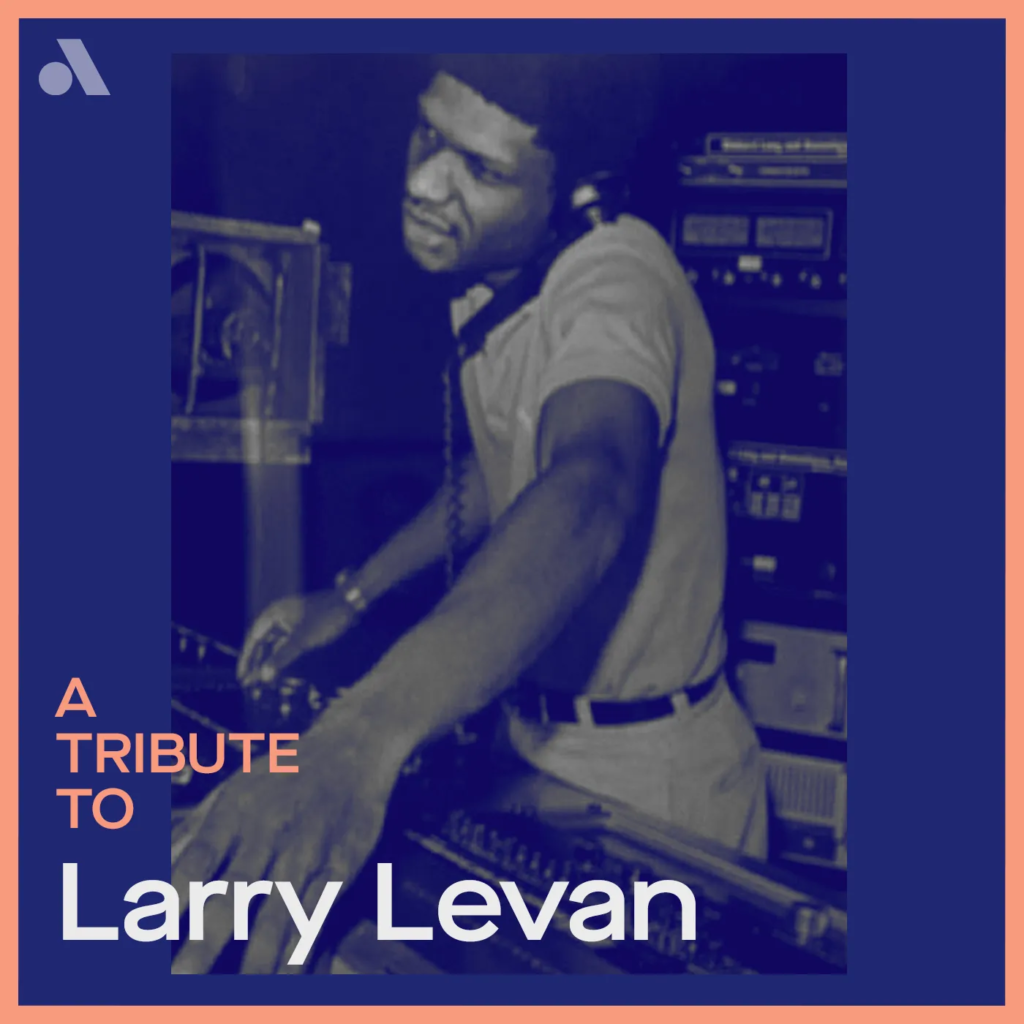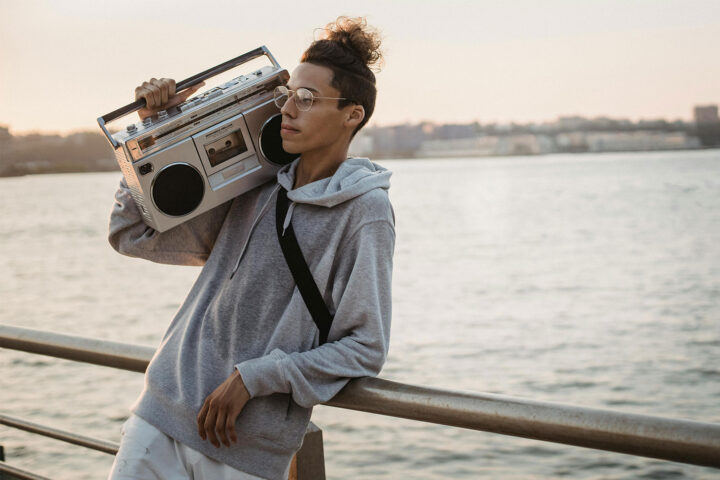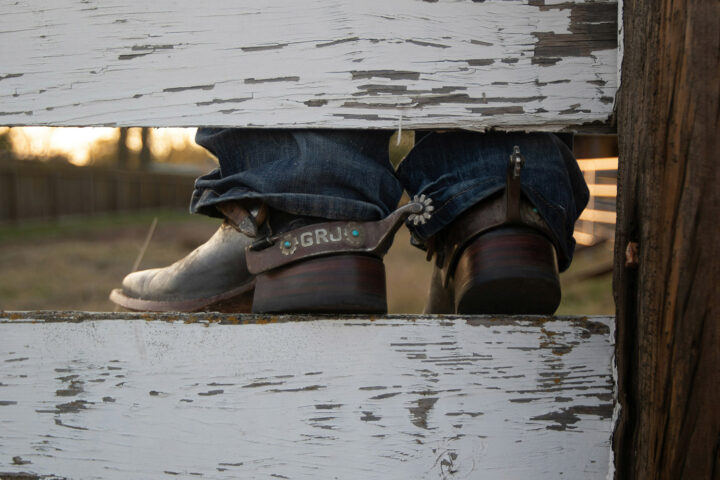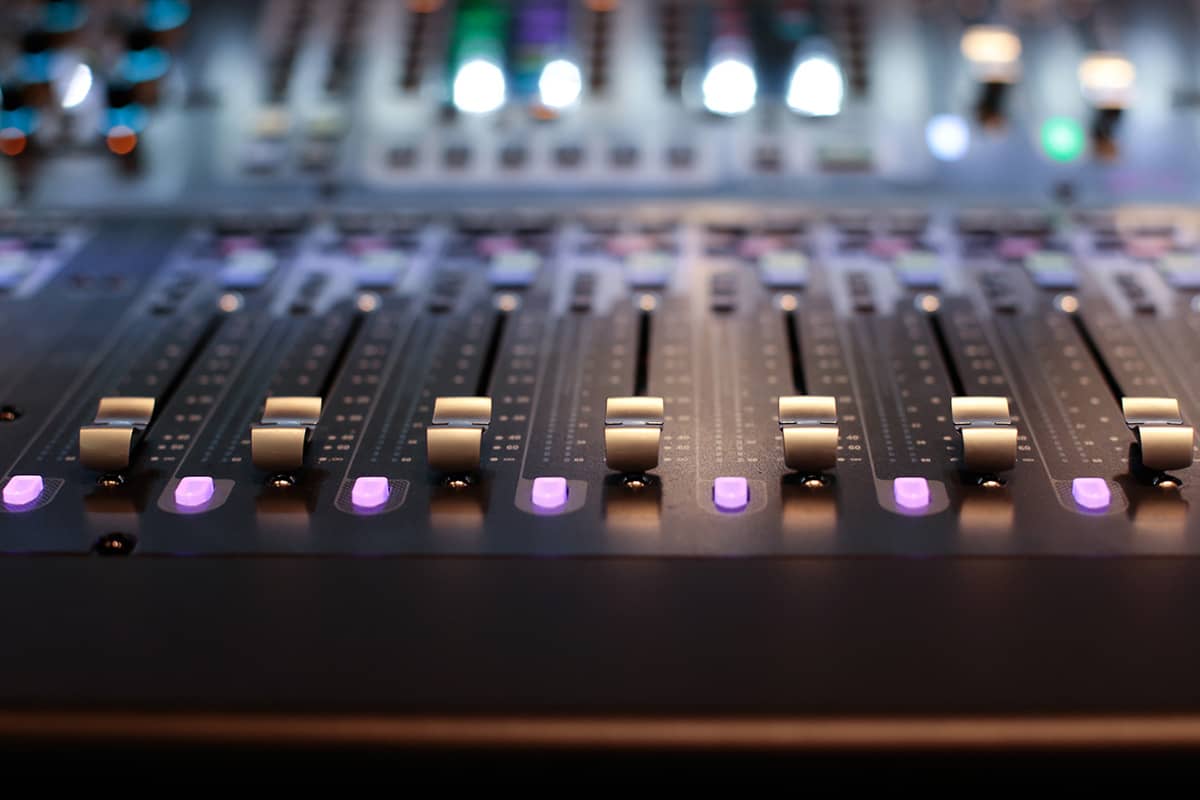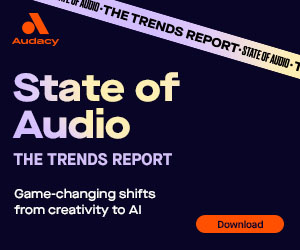Love is the Message: Celebrating Larry Levan
As we close out Pride and Black Music Month 2022, chances are you partied to Lizzo’s “It’s About Damn Time”, and Latto’s “Big Energy”. These summer anthems trace their roots to legendary, late DJ Larry Levan, back to the late 1970s, at a New York City club called Paradise Garage.
The sound of the late 1970s was Disco, and nightclubs were the Social Media of the young generation. Instead of sharing cute dances on TikTok, Twenty-somethings were dancing in person at places like Studio 54 in New York City. Studio 54 was a glamorous, exclusive club, where only hand-selected people who “had the look” were let in.
Across town at King Street, Michael Brody purchased an old parking garage that he converted to a club, with Larry Levan as the DJ. No glitz or glamour. The space was designed for and with the input of Larry, with one thing in mind: a members-only party. A safe and accepting place for everyone, especially marginalized people of color and sexual identity. Members were truly at a “party”, where they were served donuts, chips, and drinks, all night, for free.
The party consisted of the relationship between the guests and the music, and Larry was the ultimate matchmaker. An eclectic mix of songs, many produced or remixed by Larry, which became club anthems and radio hits. It’s easy to play hits that people already love. Week after week, Larry introduced members to sounds they’d never heard before. His gift was knowing and predicting what would move people.
In 1981, Larry debuted Taana Gardner’s hit “Heartbeat” to the world via Paradise Garage. It was a song he mixed and produced at a slow 100 Beats Per Minute. Since most club songs were much faster, the dancefloor was shocked, and rejected it. This, to me as a DJ, is my worst nightmare. You want to keep the crowd dancing. To Larry, they just didn’t know they loved it yet. He played “Heartbeat” several times that first night, until people loved it, and packed the dancefloor. A hit was born, and was later sampled in the 90s by Ini Kamoze, for his monster hit “Here Comes the Hotstepper”.
Larry was the best at selecting and creating hits. Radio programmers, such as WBLS’ Frankie Crocker, were at the club weekly, where they took notes. WBLS successfully “broke” artists such as D-Train, Grace Jones, and Madonna, as Larry Levan tested them on the dancefloor. Other radio stations across the country followed, shaping the Radio format we know today as “Urban Contemporary”.
I learned from Larry’s friend and co-DJ, David DePino, that the club was designed with exceptional soundproofing to maximize Audio immersion. Since dancing on concrete can be painful, the dancefloor was constructed of raised wood, so thousands of friends could dance all night long. Some of those friends included Madonna, and artist Keith Haring, whose images of dancers decorated the club (and subway stations).
More than 40 years later, the family that Larry created continues to meet on dancefloors at reunions in New York. David DePino DJs these events, and his favorite part is seeing people reunite to the same songs they danced to years ago. So you don’t have to wait for a reunion to hear these sounds, we created an exclusive station “A Tribute to Larry Levan”. These are the songs that Larry gifted to his dancefloor and eventually radio around the world.
